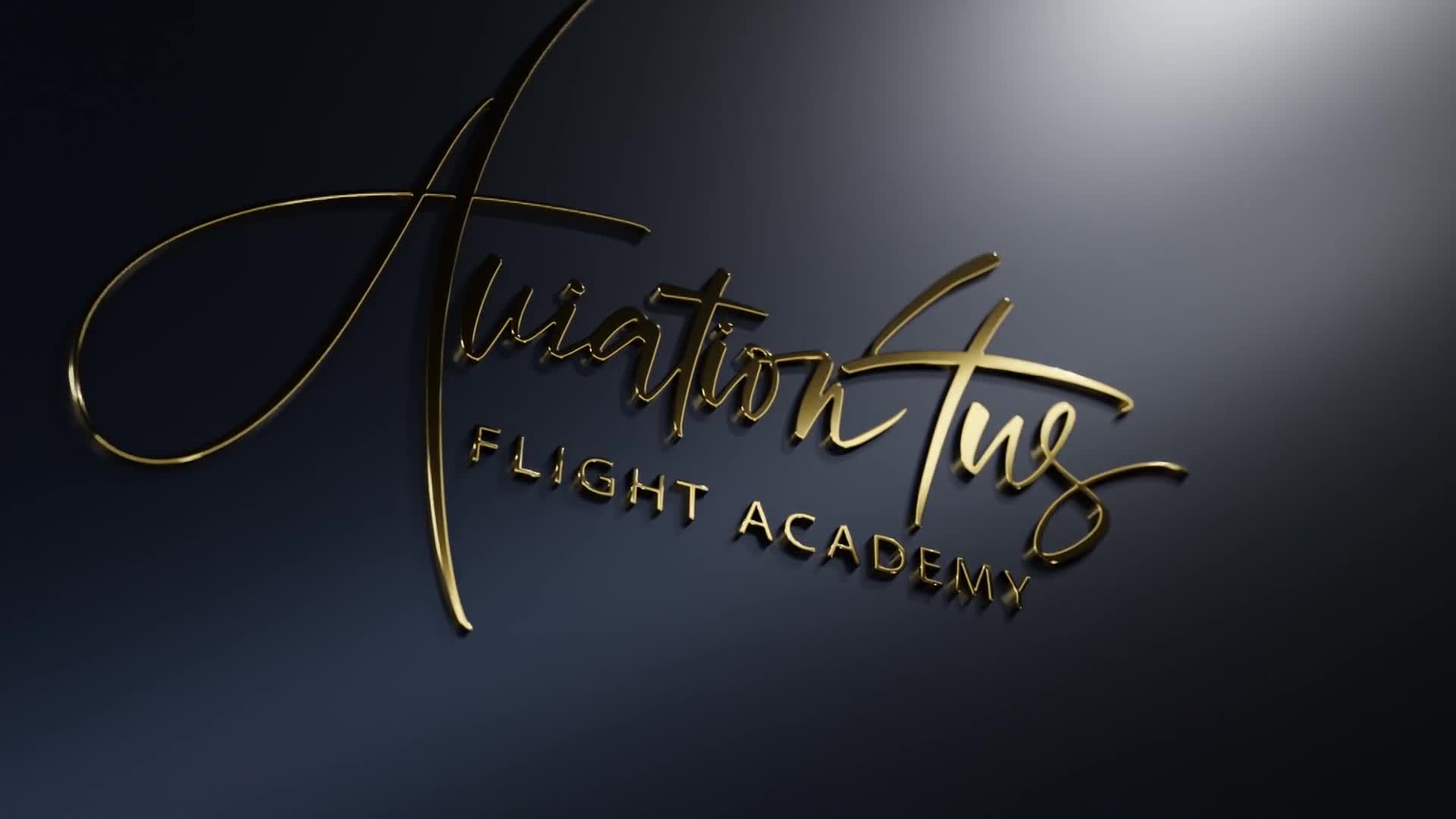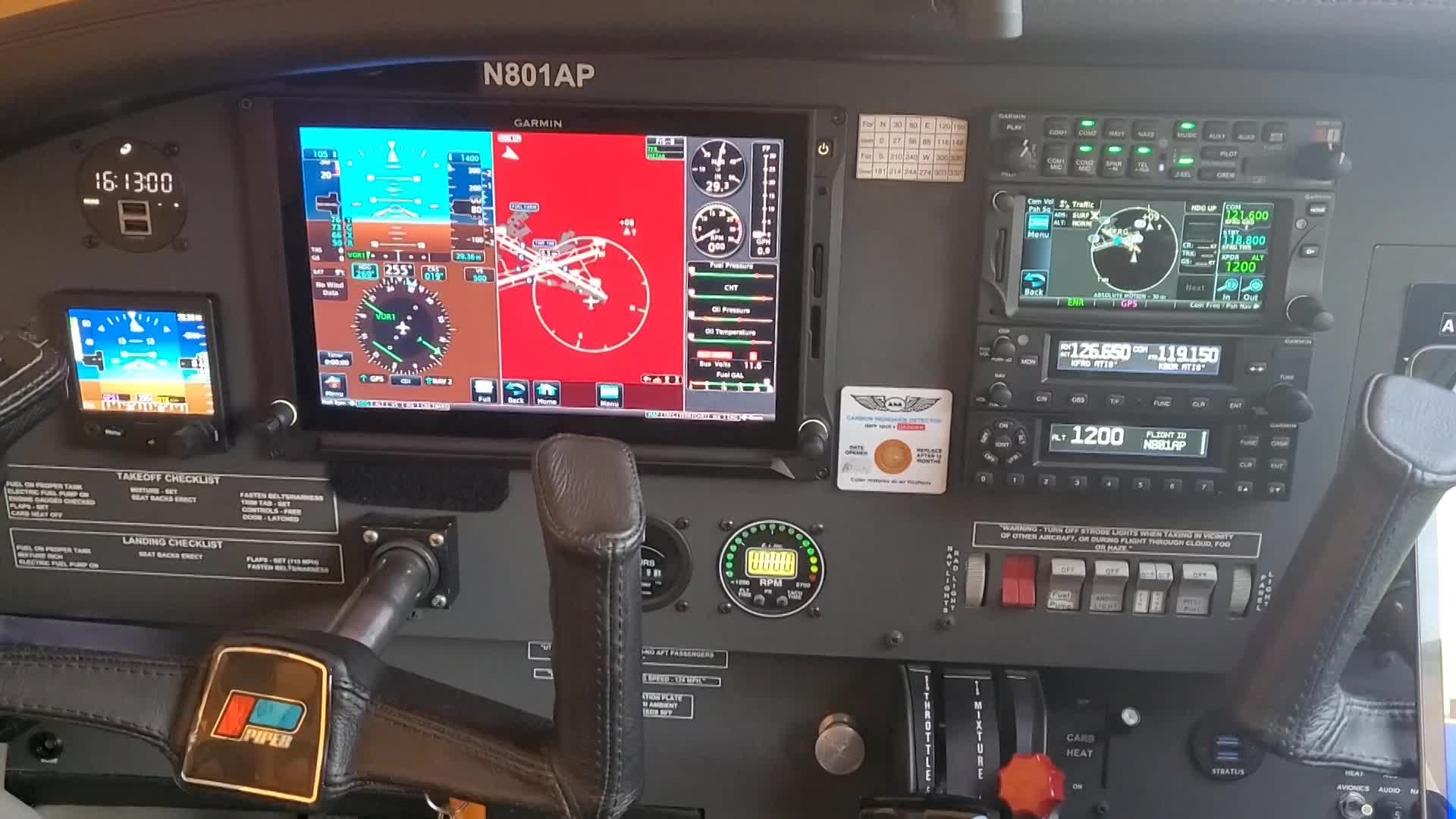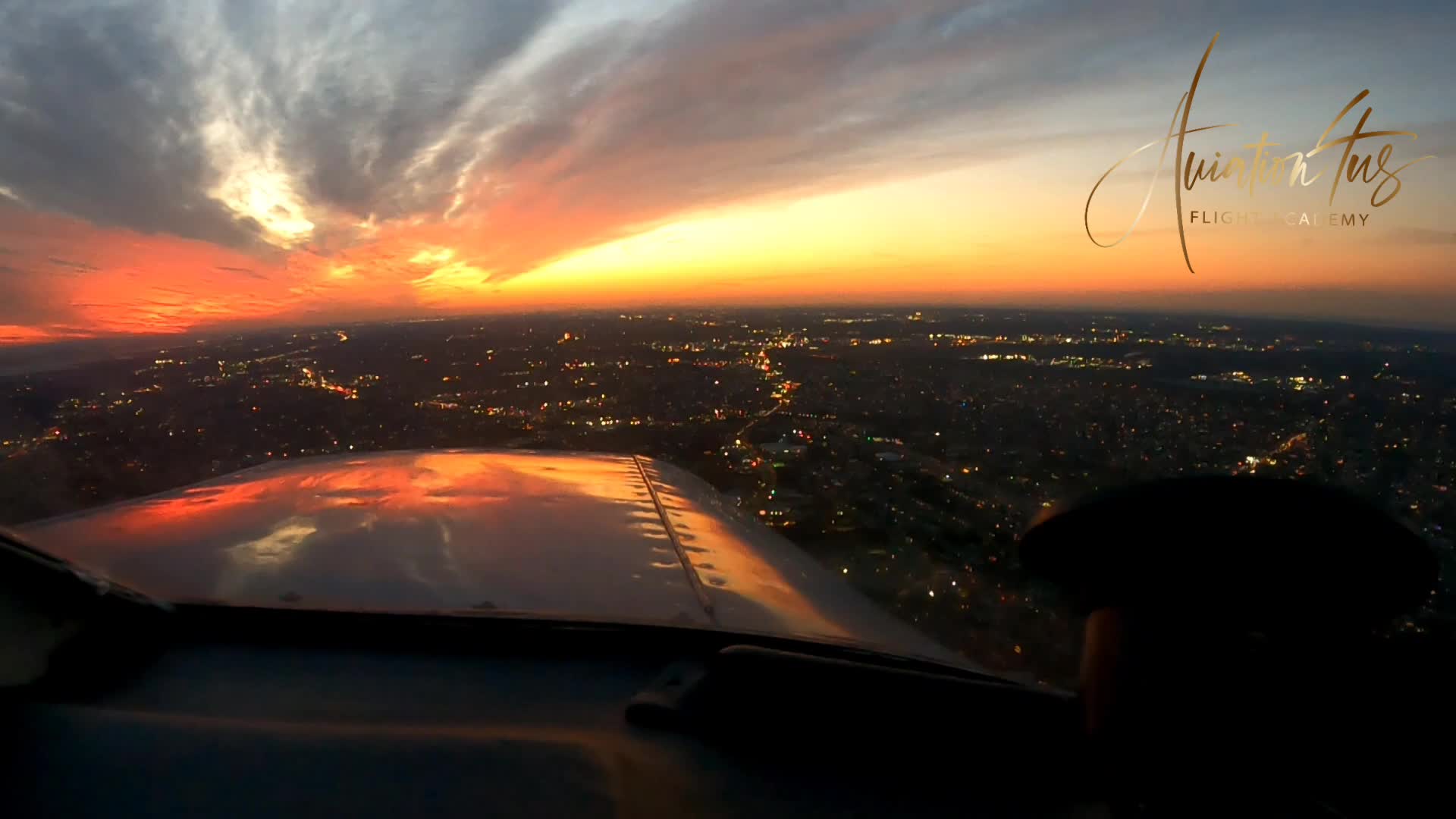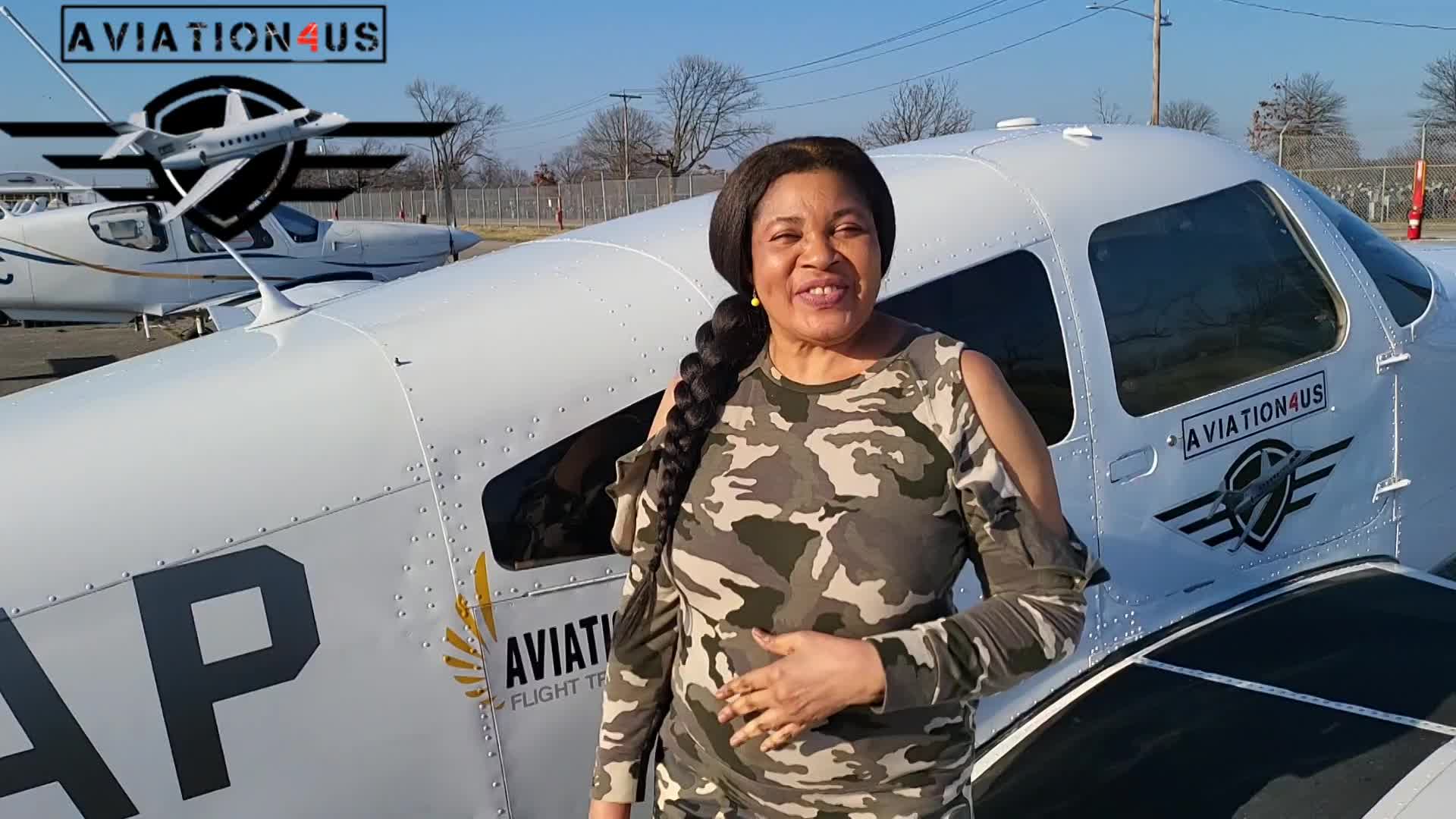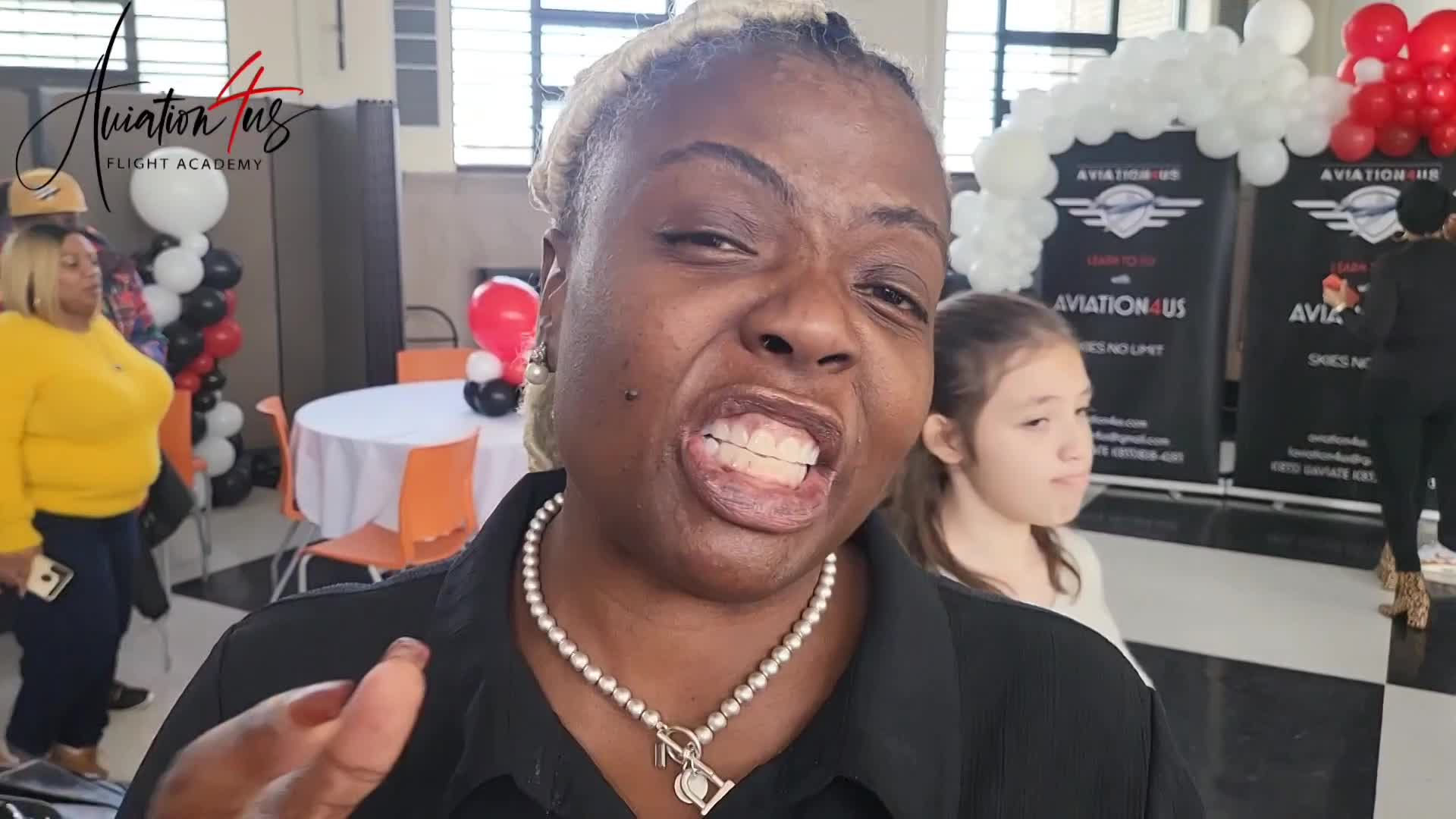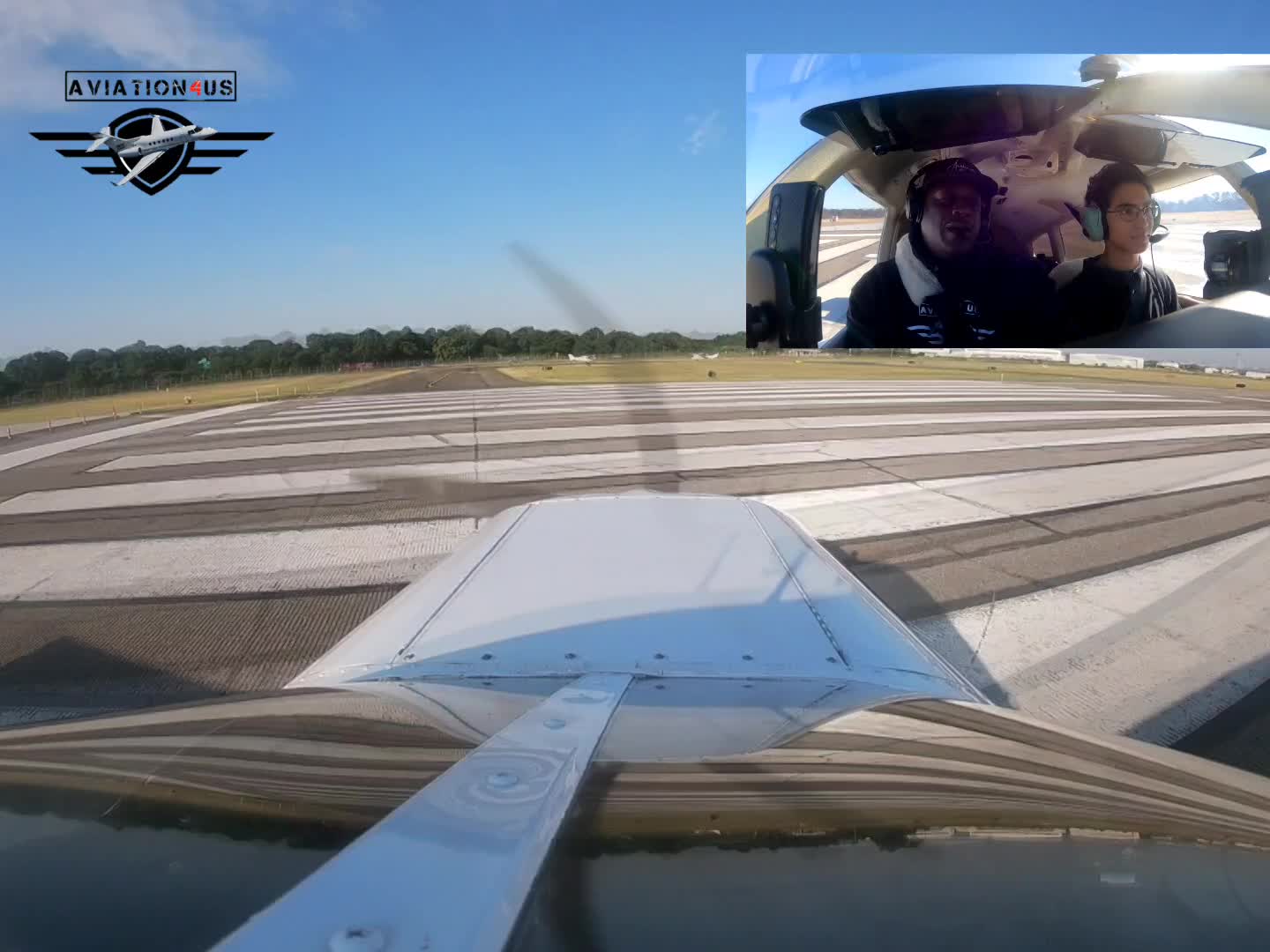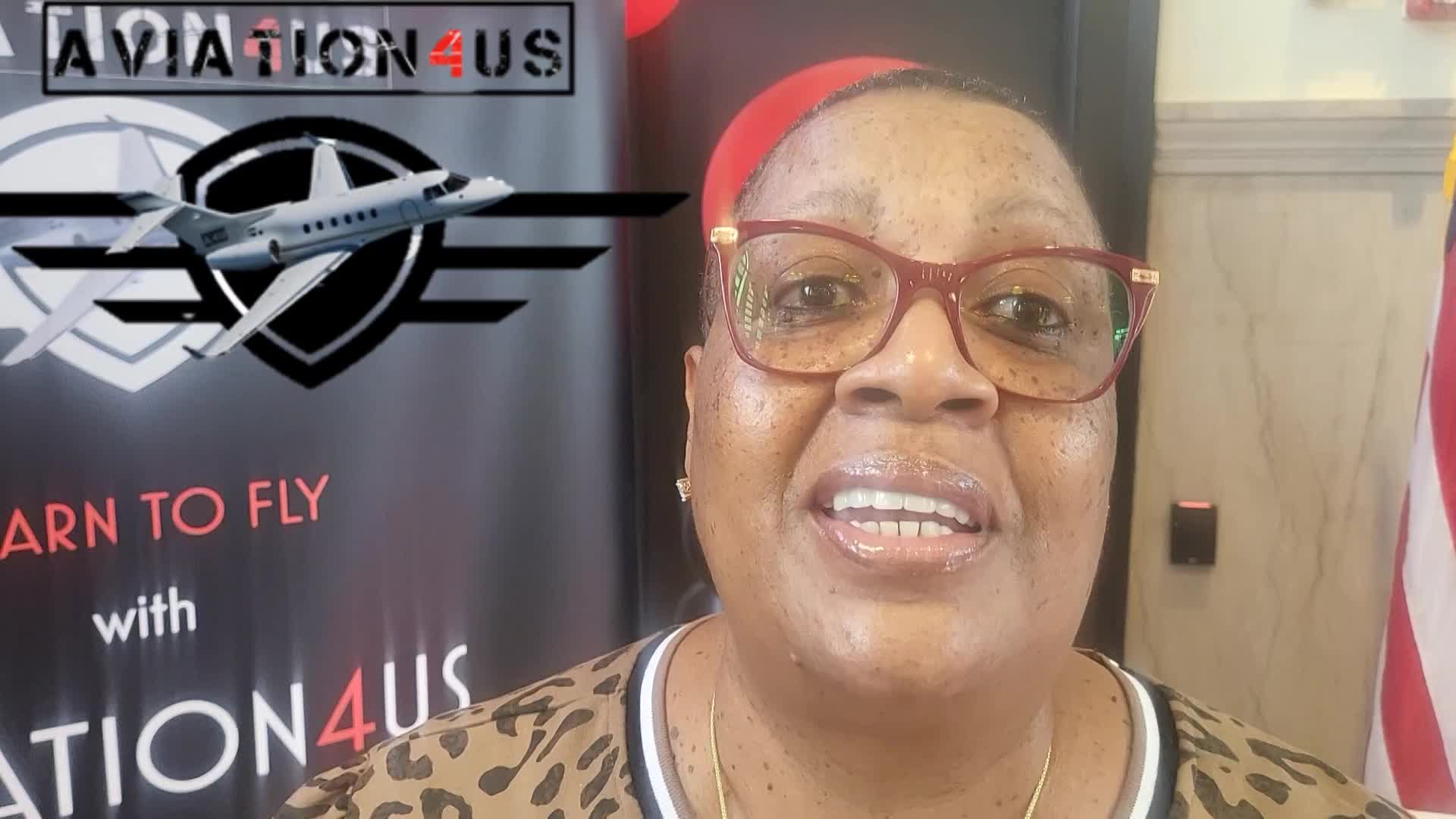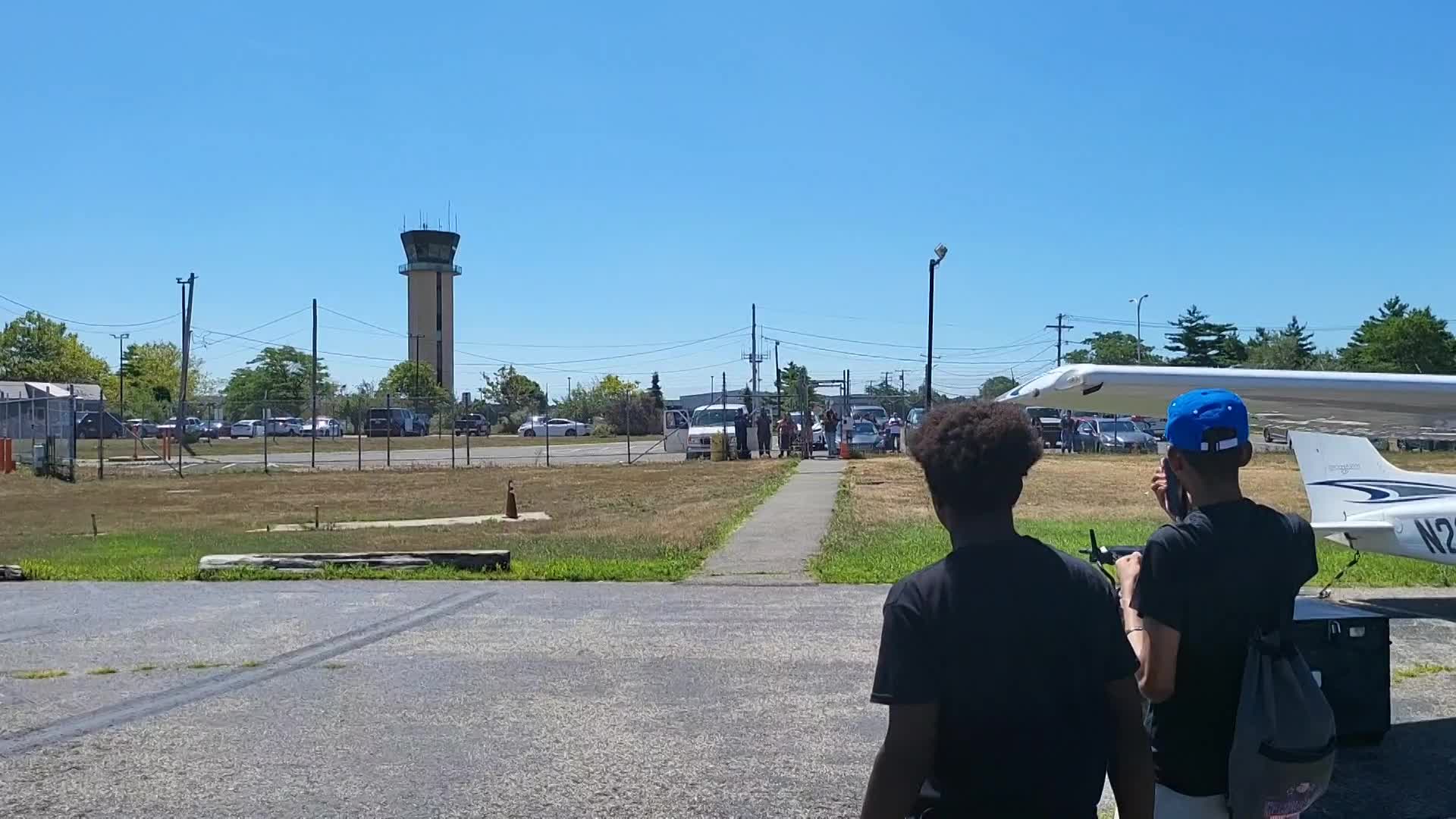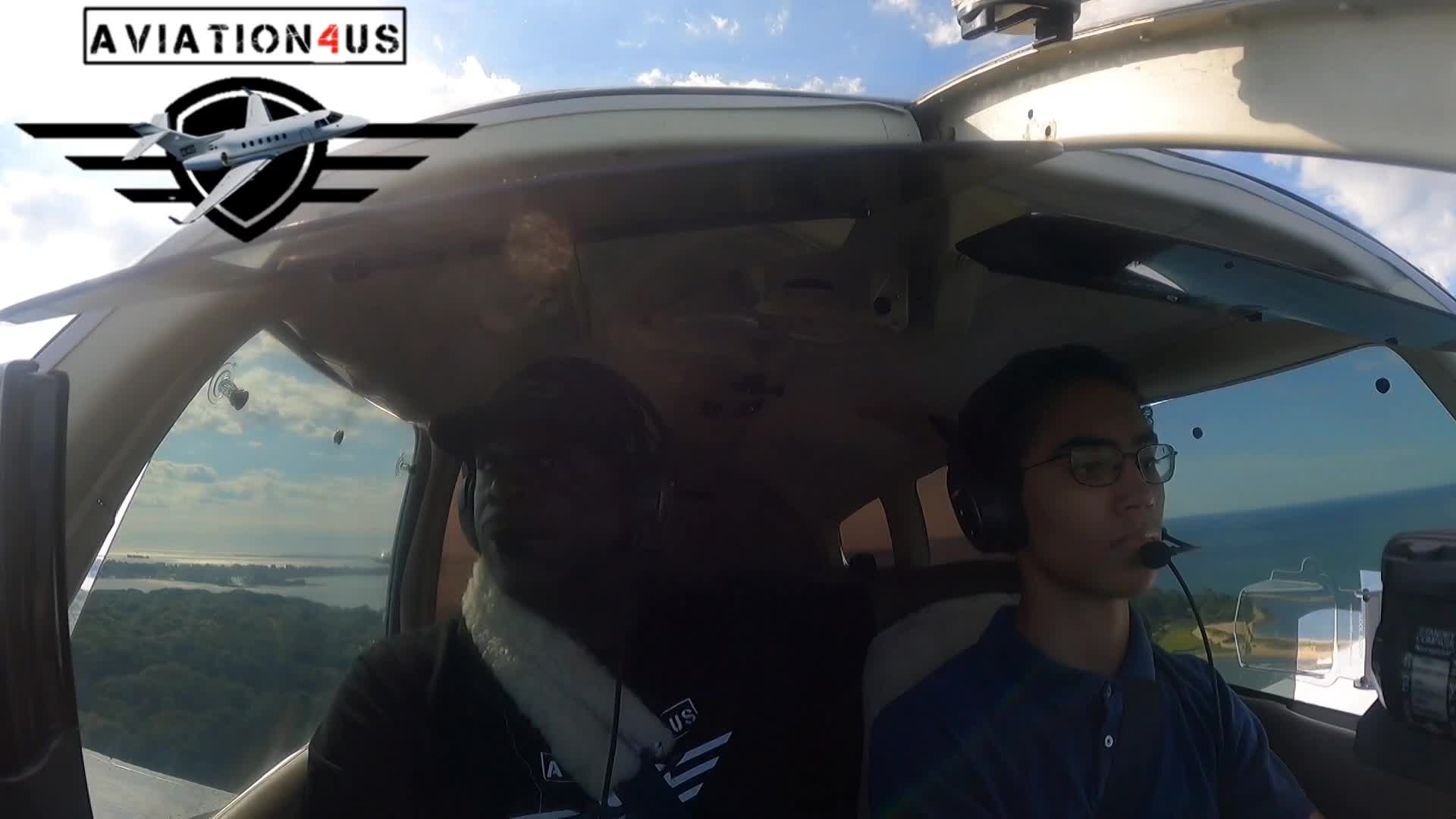FLIGHT ACADEMY
TEACHING YOUNG MEN AND WOMEN THE FIELD OF AVIATION
Single Video
Aviation4us is a premier flight training program dedicated to providing an exceptional aviation education experience. Our curriculum is designed to guide individuals from a novice level to achieving various certifications, including the Private Pilot Certificate, Instrument Rating, Commercial Pilot Certificate, and Certified Flight Instructor (Instrument Rated) credentials.
Participants will receive personalized instruction through one-on-one engagement with a Certified Flight Instructor, ensuring tailored training that meets individual scheduling requirements.
Winston M. Faison
Participants will receive personalized instruction through one-on-one engagement with a Certified Flight Instructor, ensuring tailored training that meets individual scheduling requirements.
Winston M. Faison
- Commercial Instrument rated fixed wing and rotorcraft certificate
- Certified Flight Instructor (CFI) / Certified Instrument Instructor Fixed and rotorcraft
- Federal Aviation Administration (FAA) Certified Advanced Ground School Instrument Instructor (AGII)
- Drone certificate
- 2000+ hours of flight time
- 8000 + hours of ground school instruction time
- 1500 hours of Flight training hours
- Member of Black Pilots of America, New York Chapter
Pricing Table
GROUND SCHOOL
MOST POPULAR$95/Hour
- Engage in specialized training under the guidance of a seasoned Certified Flight Instructor (CFI) to adequately prepare for your written examination.
AIRCRAFT RENTAL
$195/Hour
- Experience flight operations in a fully equipped glass cockpit Piper Warrior 161
Schedule Booking
Contact
- Republic Airport, Farmingdale, NY, USA
- Follow us on - Instagram@aviation4us_
- +1-1(833) 828-4283 - 1(833) UAVIATE
- 1aviation4us@gmail.com
- Mon-Fri - 08:00-19:00
